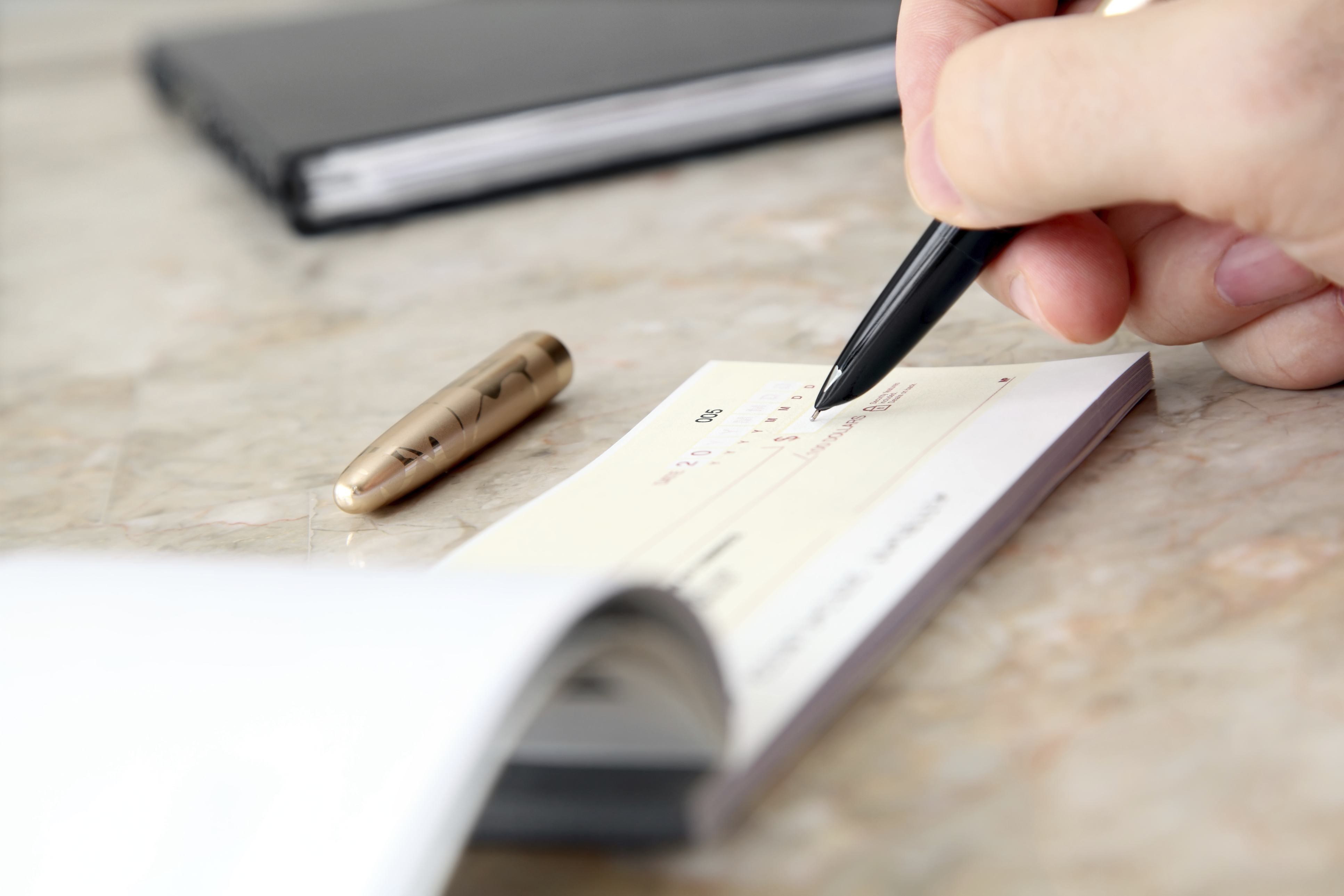By Rieva Lesonsky
If you still use paper checks to handle your small business’s expenses, such as paying your suppliers or your staff, writing checks could be costing your company money, a new survey by Dwolla reveals.
The study reports that the 67 percent of U.S. small businesses that still use paper checks, spend an average of nearly $900 a year doing so. That includes time spent on maintaining paper check operations, labor and buying the actual checks and supplies. But that’s not the only way that using checks to pay your bills—and not offering your customers other payment options—can cost your business money.
First, accepting paper checks means you wait longer to get paid. The average invoice cycle when your customers write checks is nearly 18 days, according to Dwolla. When you mail customers bills and they mail back a check, either one of those mailings can get lost in the mail. Even if they don’t, you’ve got to wait for the customer to write the check, then deposit it and wait for it to clear. By contrast, if you use electronic billing to bill customers online or by email, you could get paid right away.
More and more vendors are switching to online payments—I know the vast majority of our company’s bills are handled online, rather than with paper check. It’s simpler, faster and enables you to get your money and reconcile your accounts more quickly. So encouraging your customers to pay online or use electronic billing is simply nudging them in a direction most of them are probably already going.
If yours is a business-to-consumer company, the reasons for offering multiple payment options are even greater. Dwolla reports that the majority of both men and women under age 30 prefer to use digital payment methods. So if you aren’t accepting online payments or credit and debit card payments, you could be missing out on a whole generation of customers who rarely have checks or cash on them.
Finally, there’s reason to switch from your current method of making payments with checks because using checks in your business increases the risk of fraud. Dwolla reports that 82 percent of small business fraud involves checks. Using electronic payments allows for greater security because you can immediately see what’s happening with your funds and note any discrepancies or unusual spending patterns.
The trend toward digital payment is only going to continue. Get ahead of the curve now by talking to your banker about options for accepting payments from customers; talk to your vendors about ways you can make payments differently to streamline your accounting, save time and protect your business.







